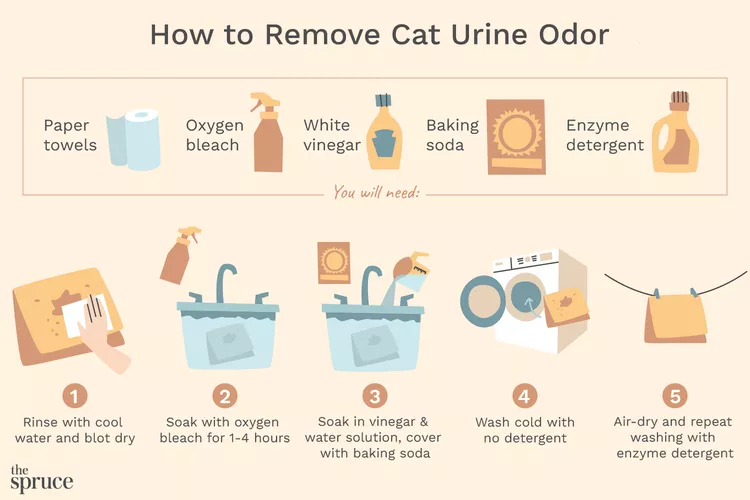
Your cat may have occasional accidents and soil your clothes or bedding with urine. Their urine often has an odor that is very hard to remove, especially if it is dried and set in. You can, however, remove cat urine and its odors from any washable fabrics. The same method can be used for other types of urine. After dealing with the immediate problem, also consider behavioral or health issues that might be causing your cat to soil laundry in this way.
To fully remove the cat pee smell from clothes, you'll need to follow three basic steps: Pretreating the urine-soaked fabric, washing the soiled garment in vinegar, and then washing the clothing again in an enzyme-based detergent. Fortunately, all of the required supplies are basic items you likely have at home already. Here's how to tackle urine odor in clothing.
Throwing urine-stained clothing or fabrics directly into the washing machine isn't a good idea since cat urine has a way of setting in its odors. If added to a general laundry load, you might even find that the urine-stained items contaminate an entire load of laundry with its scent. It's best to pretreat the urine first before moving to the next step.
A variety of odor-removing products are available as part of the pretreatment but never use a product containing ammonia to clean urine stains. Cats are likely to mistake the ammonia scent for urine and may then repeatedly urinate in the same place.
For the best results, use a two-part cleaning process to remove urine stains and odor. The first part of this process is a vinegar wash.
By now, a good deal of the stain and odor has been removed, and you can move to traditional washing.
To avoid future incidents, you must address the problem with your cat. When cats urinate in places other than the litter box, it very often indicates a health or behavioral issue.
Begin by taking your cat to the vet. Aside from a dirty litter box, a urinary tract problem is the most common reason for litter box avoidance. You should rule out a health problem first. If your vet rules out a medical cause, then you will need to address the behavioral reasons for your cat's inappropriate urination.
If your laundry has come out smelling fresh, but you still detect the lingering odor of cat urine in your home, you'll need to perform some detective work. It's possible the pet has marked floors, furniture, or other areas in your home.
Arm yourself with a urine detector or blacklight. Most blacklights work better in complete darkness, so work cautiously. Use the light to scan walls, floors, baseboards, furniture, and any other surfaces. Hold the light close to the surface for best results—urine stains will glow fluorescent white. Use chalk or sticky note paper to mark the areas where the blacklight reveals stains.
Once you've identified the soiled areas, use an odor-removal product to clean the area. After thoroughly cleaning, you can enjoy a freshly scented home once more.
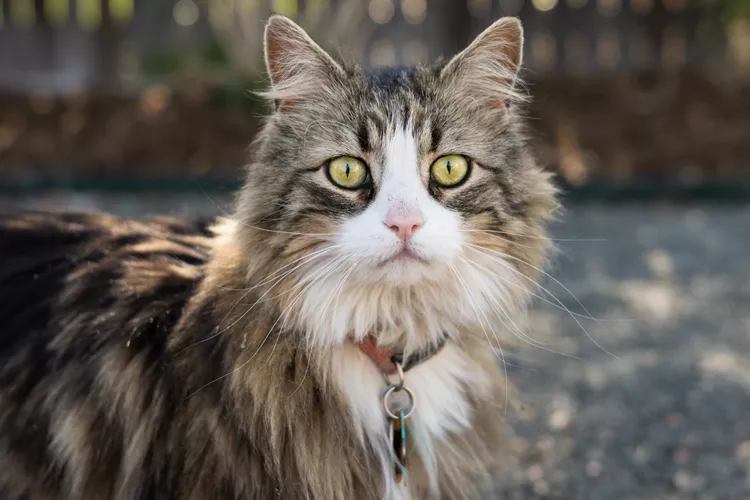
75 Unisex Cat Names
Our gender neutral cat names perfect for your feline friend, with a diverse selection of fun and inclusive options to fit your pet's disposition.
Why Does My Cat Stink?
Is your cat stinky? Find out about the causes of bad odors in cats and when it is something to be concerned about. Learn how to help your stinky cat.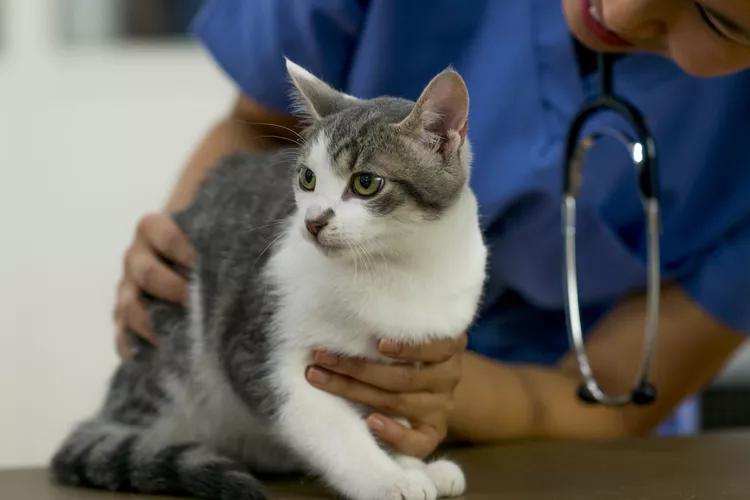
Signs of Rabies in Cats
Rabies is a fatal and contagious virus that can affect cats. Learn about the signs of rabies in cats and what to do about them.
Can Cats Eat Dog Food?
Can cats eat dog food? In small amounts, it's unlikely to be a problem, but long-term feeding of dog food to cats can cause health issues and malnutrition.
Exploring the Different Types of Pet-Friendly Beaches
Are you looking for pet-friendly beaches? Learn about the different types of pet-friendly beaches, their locations, and tips for visiting them with your pet.
Pulled Muscles in Dogs
A pulled muscle is one of the most common injuries seen in dogs. What can you do if your dog pulls a muscle and how can you prevent it?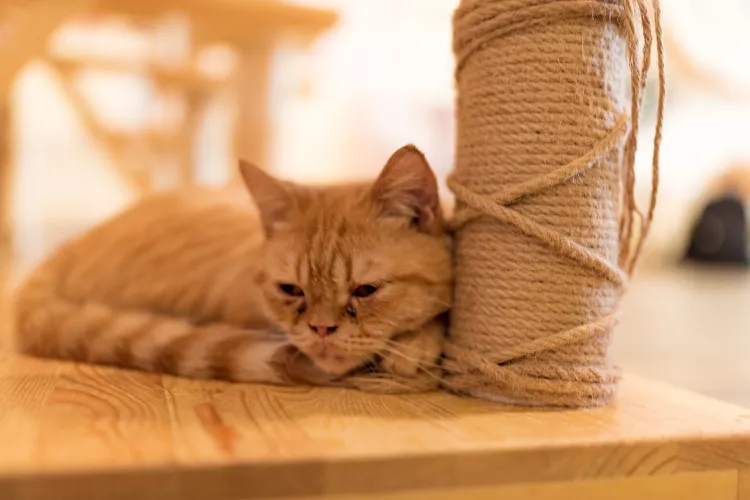
Fibrosarcoma in Cats
Fibrosarcomas are potentially fatal soft tissue tumors that can occur in cats. Learn the causes, treatment, and prevention.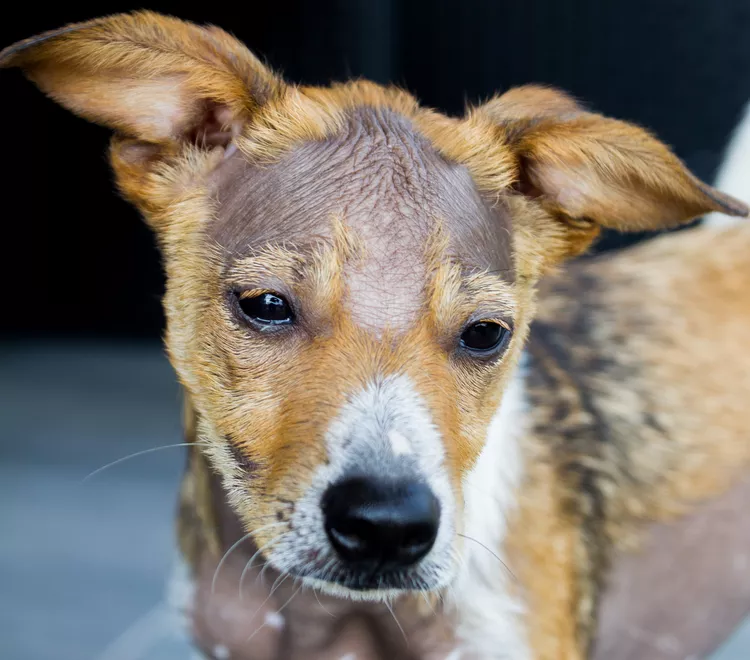
Alopecia in Dogs
Alopecia leads to hair loss and bald spots in dogs. Some breeds may be more at risk. Learn common causes, treatment, and prevention of dog alopecia.
Is Acetaminophen Safe for Dogs?
Acetaminophen is used by humans for pain and fever relief, but is it safe for dogs? Here's what you need to know before giving your dog acetaminophen.
Can Dogs Eat Almonds? Understanding the Risks and Guidelines
Can dogs eat almonds? While a couple likely won't hurt, it's best to avoid feeding your dog this nut. Learn the risks here.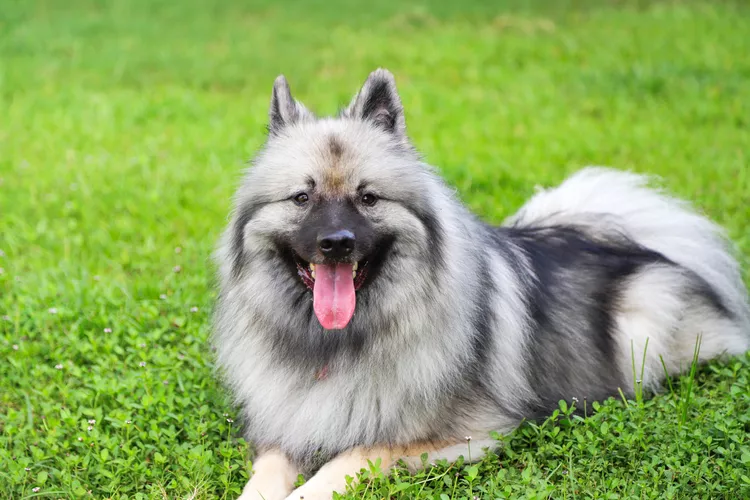
Keeshond: Dog Breed Characteristics & Care
Learn about the keeshond dog, also known as the Dutch Barge Dog. This fluffy spitz breed was bred to guard, but also makes a friendly companion.
Is Rosemary Safe for Dogs?
Rosemary is used both for cooking and as a supplement with many reported health benefits in people, so you may be wondering if it is safe to give to your dog. Rosemary is considered non-toxic for dogs but with some caveats.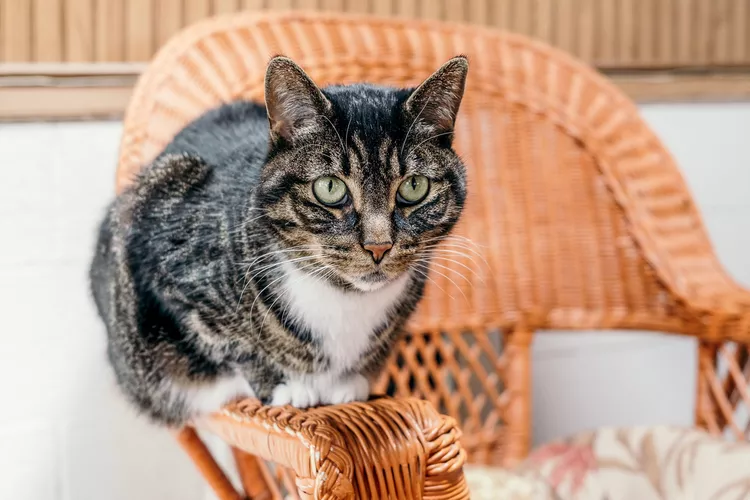
7 Hybrid Cats Breeds
Hybrid cat breeds can make appealing pets since they look more exotic than domestic house cats, but they aren't for everyone.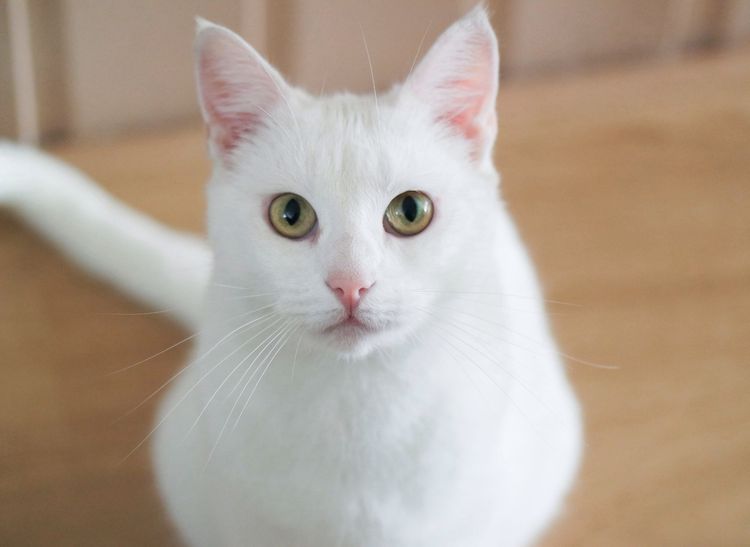
The Best White Cat Breeds to Keep as Pets
Several breeds can result in white cats with long or short hair. Find out the pros and cons of these white cat breeds.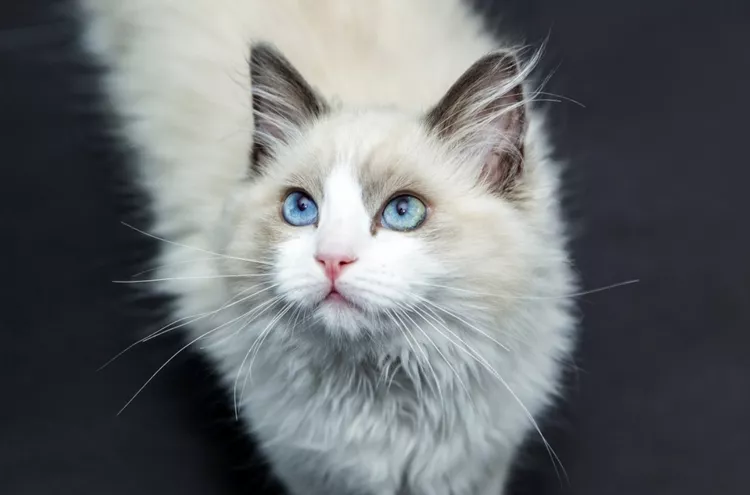
11 Cute Pictures of Ragdoll Cats
Ragdoll cats are known for their beautiful coats and bright, blue eyes. Learn all about the breed, and check out some cute pictures here.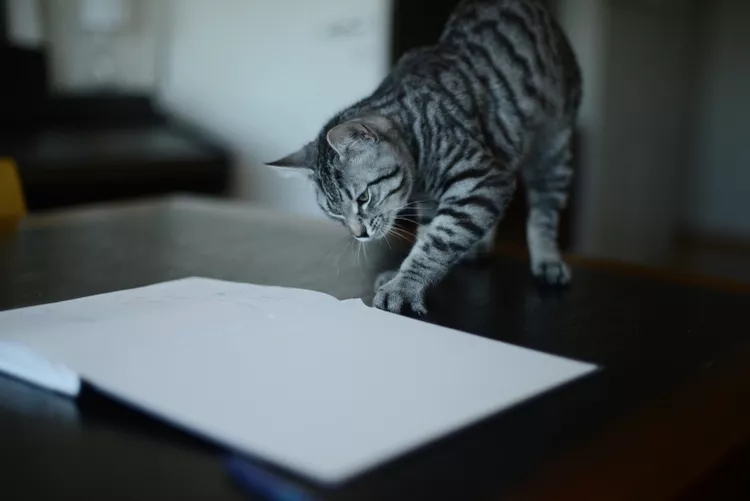
7 Reasons Why Your Cat Eats Paper, and How to Stop It
Is your cat eating paper? Learn why your cat is doing this, and find out how to put a stop to it.
Feist: Dog Breed Characteristics & Care
Feists are small, short-haired dogs developed to hunt squirrels and catch vermin. These high-energy, affectionate pooches make great companion animals.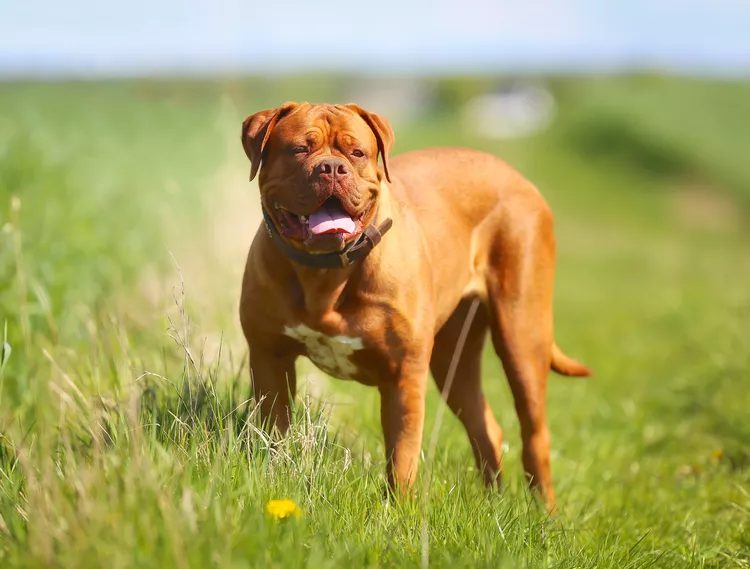
Dogue de Bordeaux (French Mastiff): Dog Breed Characteristics & Care
Learn about the Dogue de Bordeaux, also called the French mastiff. Although large and muscular, they’re known for their calm and gentle personality.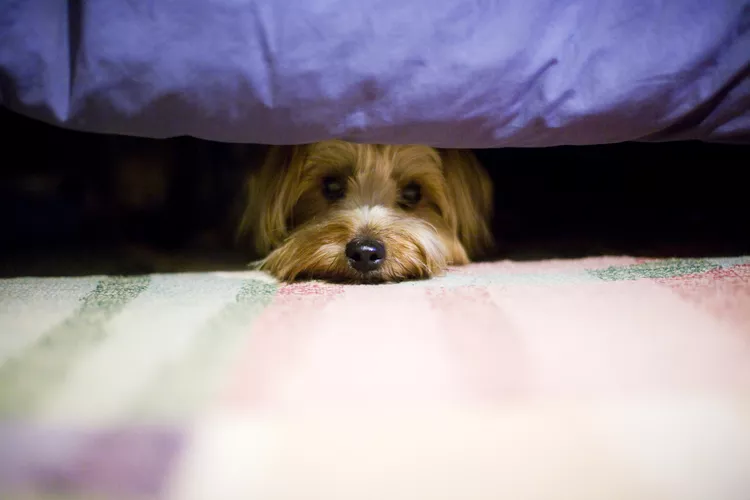
How to Stop Your Dog From Fearing Men
Many dogs have a phobia of men. Learn how to help your dog overcome its fear through desensitization and training while keeping everyone safe.
Why Dogs Eat Poop and How to Stop Them
Is your dog eating poop? Some dogs do this because of stress or illness. Learn how to prevent stool eating, or coprophagia, in dogs.